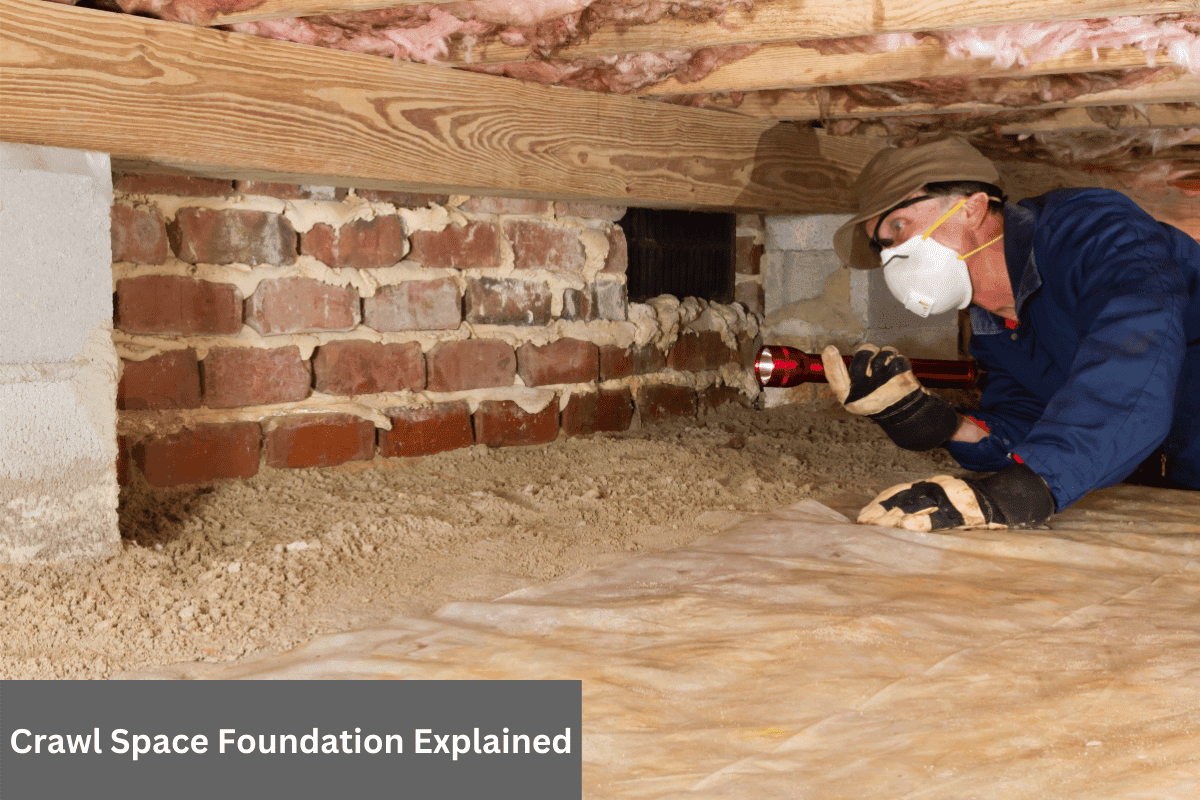So, you fell in love with a charming old house—exposed beams, creaky floors, and just enough mystery to make you wonder what’s lurking under the floorboards. Spoiler: it’s probably spiders. But beyond the eight-legged roommates, there’s something else down there: a crawl space foundation. Let’s pull on our knee pads, grab a flashlight, and chat about why these foundations are both genius and… occasionally a nightmare. (Don’t worry—we’ll tell you how to handle the nightmare parts.)
At Golden Bay Foundation Builders, we’ve spent decades crawling under houses (literally) to fix, reinforce, and occasionally marvel at the weird things people stash in their crawl spaces. Whether you’re a DIY warrior or just want to know why your floors tilt, we’ve got your back.
The Good: Why Crawl Spaces Aren’t All Bad News
Let’s start with the positives—because nobody likes a Debbie Downer, especially when spiders are involved.
They’re Budget-Friendly (Sort Of)
Crawl spaces are cheaper to build than full basements, which is why so many older Homes have them. They elevate your house slightly, which helps with:
- Moisture control (in theory… more on that later).
- Access to plumbing and electrical systems. No need to tear up floors—just army-crawl under the house. FYI: Knee pads are not optional.
Ventilation Can Be a Win
When designed right, crawl spaces allow air to circulate, reducing the risk of mold and rot. Key phrase: “when designed right.” If your crawl space resembles a swamp, you might need soil stabilization services to fix drainage issues. (We’ve seen it all—trust us.)
They Play Nice with Sloping Lots
Building on a hill? A post and pier foundation (common in crawl spaces) adjusts to uneven terrain better than a slab. It’s like Lego for grown-ups—flexible, modular, and way less fun to step on.
The Bad: When Crawl Spaces Go Rogue
Now, the not-so-fun stuff. Crawl spaces can turn into money pits faster than you can say, “Why is this floor squishy?”
Moisture: The Silent Saboteur
Crawl spaces love moisture almost as much as mold does. Poor ventilation or faulty vapor barriers turn them into mini ecosystems. Symptoms include:
- Cracked walls (your house settling like a grumpy toddler).
- Musty smells wafting upstairs (free aromatherapy, anyone?).
- Rotting floor joists (aka “the reason your dining table wobbles”).
Pro Tip:
Regular foundation inspections can catch these issues early. If you’re Googling “foundation repair near me,” hi—we’re here.
Pests. So. Many. Pests.
Spiders, termites, raccoons—crawl spaces are basically Airbnb for critters. One client found a family of possums hosting a rave under their kitchen. (We’re not joking.)
Temperature Tantrums
Ever notice your floors are freezing in winter? Poorly insulated crawl spaces let cold air seep in, making your HVAC work overtime.
Crawl Space Maintenance 101: How to Avoid Disaster
Okay, enough doomscrolling. Let’s talk solutions.
Step 1: Seal It Up
- Install a vapor barrier (heavy-duty plastic sheeting) to block moisture.
- Seal vents if you’re in a humid climate. Yes, this contradicts old-school advice—but modern foundation experts swear by it.
Step 2: Call in the Pros
DIY is great for painting accent walls, not for fixing cracked walls or sagging beams. For foundation underpinning services or seismic retrofitting (earthquake-proofing, for us layfolk), hire someone who won’t accidentally collapse your house.
Golden Bay shameless plug: We live for this stuff. If your crawl space is plotting against you, let’s chat.
Step 3: Monitor Like a Hawk
Check for:
- Pooling water
- Soft wood
- New “roommates” (the non-rent-paying kind)
Schedule annual foundation inspections—it’s cheaper than replacing an entire post and pier foundation.
Crawl Space vs. Slab Foundation: Which Wins?
Let’s settle this debate with a brutally honest table:
| Factor | Crawl Space | Slab Foundation |
|---|---|---|
| Cost | Cheaper upfront, pricier long-term fixes | Higher initial cost, lower maintenance |
| Access | Easy for repairs | RIP your floors if pipes burst |
| Moisture Risk | High (unless sealed perfectly) | Low (unless your slab cracks) |
| Spider Rating 🕷️ | 10/10 | 2/10 (they prefer dark corners) |
IMO, crawl spaces win if you’re on a budget or uneven terrain. Slabs? Better for arid climates and arachnophobes.
3 Burning Questions About Crawl Spaces (Answered)
- “How do I know if my crawl space is failing?”
Look for sagging floors, sticky doors, or cracks in drywall. Or just hire us—Golden Bay does free assessments. Subtle, right? - “Can I convert my crawl space into a basement?”
Technically yes, but it’s like turning a tricycle into a Tesla. Foundation underpinning services can help, but prepare for sticker shock. - “Will a crawl space survive an earthquake?”
Not without seismic retrofitting. Think of it as a seatbelt for your house.
Final Thoughts: Don’t Let the Spiders Win
Crawl spaces aren’t perfect, but neither are we. With some TLC (and maybe a call to Golden Bay Foundation Builders), they can protect your Home for decades. Just remember:
- Moisture is public enemy #1.
- Inspections are cheaper than disasters.
- Always. Wear. Knee pads.
Foundations might not be glamorous, but neither is a collapsed living room. If your crawl space is giving you side-eye, reach out. We’ll handle the spiders—and the structural stuff.
Ready to stop worrying about what’s under your feet? Golden Bay’s team of foundation experts is a call away. Let’s make your crawl space less “horror movie” and more “boring but reliable.”


